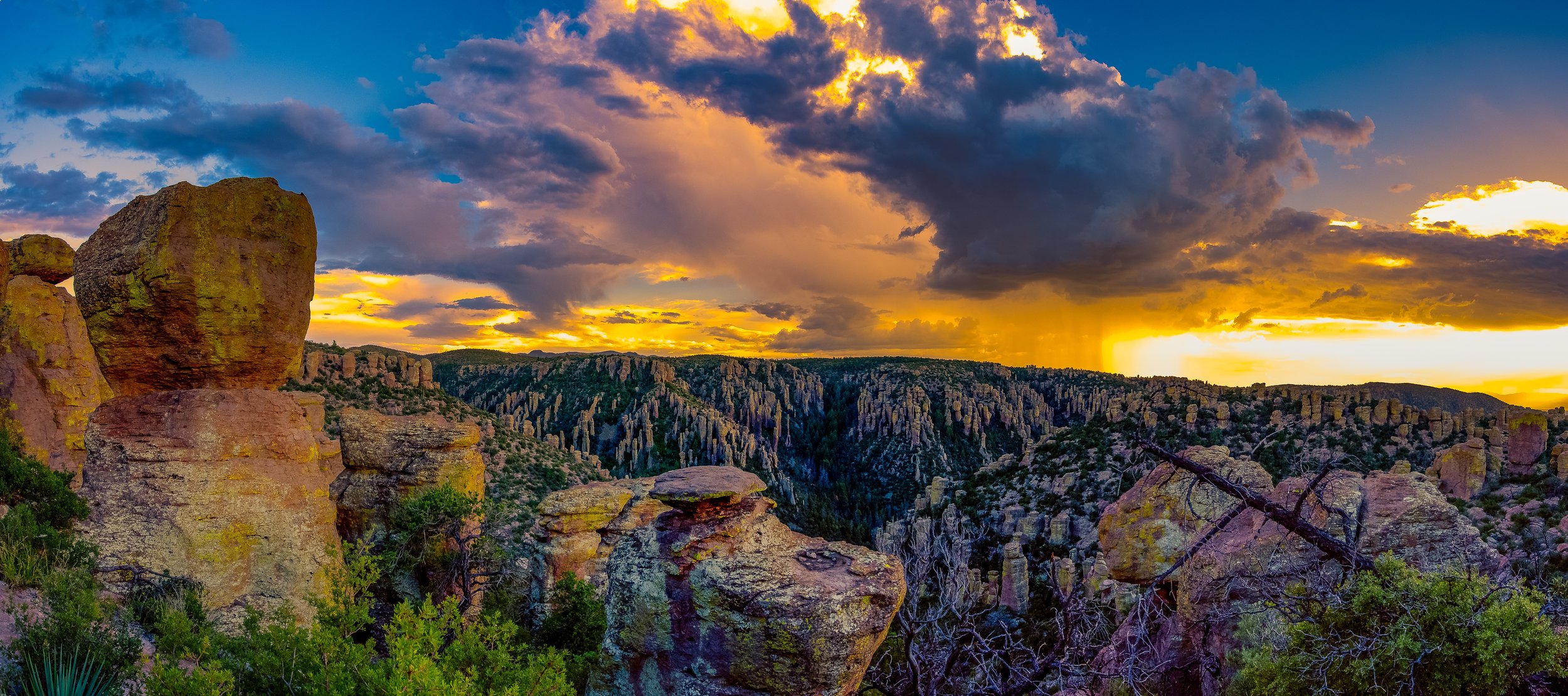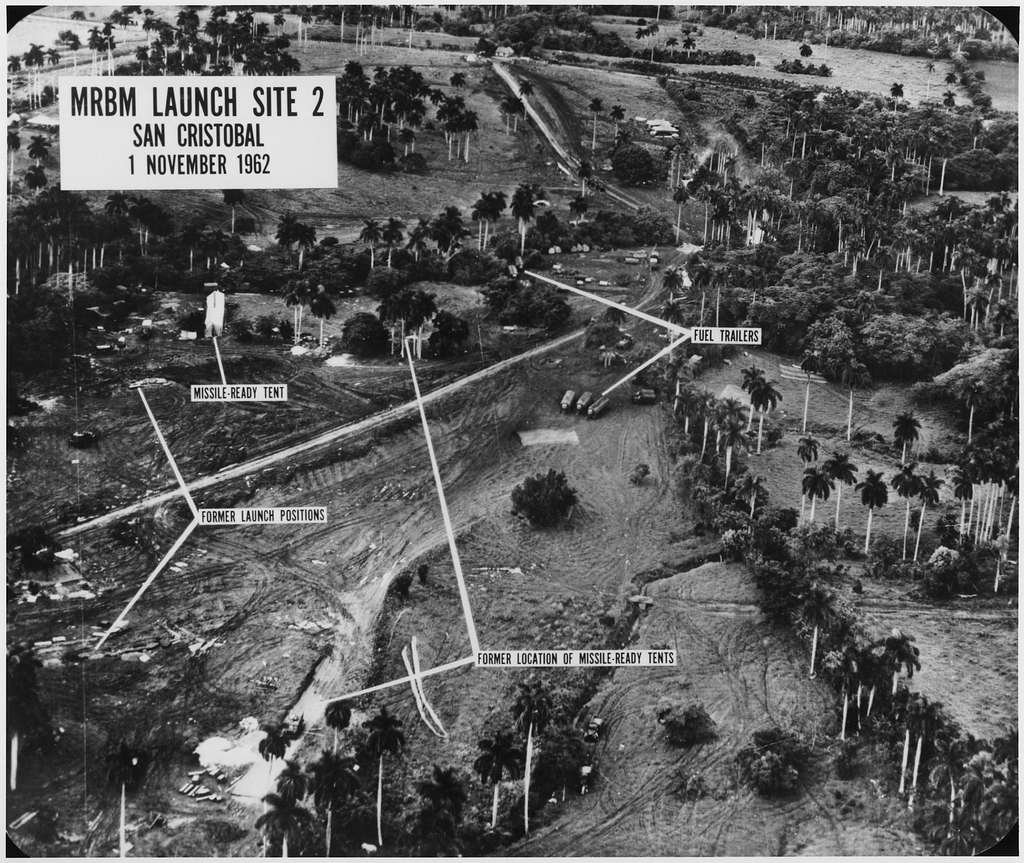Introduced by Senator Mark Kelly (D – AZ) a resolution creating the nation’s 64th National Park: Chiricahua National Park on the site of Chiricahua National Monument passed the Senate and has been moved into the House.
Americans love their national parks. They are places of learning, adventure, healing, and forges of countless family memories. They are also a bit of a collector’s game, whether that’s patches sown onto a bag, or cancellations in the National Park Passport, seeing all of them is a classic American dream.
A new NP is a moment of special celebration, especially since there are probably no more hidden wonders like Yosemite or Mount Rainier to discover among America’s wilderness.
Quite close to the border with Mexico, the remarkable landscape of Chiricahua is deserving of the honor, with the only point perhaps going against it is the fact that compared with other NPs it’s a pin-hole on the map at just 12,025 acres.
The bill was introduced a year ago this month, and was slightly modified in committee before passing the Senate with unanimous consent. H.R. 6451, the corresponding House bill, was introduced at the beginning of the year and has since been moved into the Committee on Natural Resources.

Geological wonderland
The Chiricahua Mountains are located far down in southeast Arizona. The monument was established on April 18th, 1924 to protect its extensive hoodoos and balancing rocks. These stunning morphological features developed out of an eruption 27 million years ago which formed the nearby Turkey Creek Caldera.
Volcanic ash and debris settled in a 12-mile-wide area around the crater, out of which erosion carved the spectacular pinnacles, hoodoos, and boulders out of the metamorphic rock called rhyolite, some of which are so thin at the base it looks as if they could fall over at a moment’s notice.
The mountains are one of many “Sky Islands” in southern Arizona—isolated collections of peaks and foothills among flat scrub desert. Their rich sources of groundwater and cooler temperatures mean they are a magnet for wildlife, and many of the 71 species of mammals, 46 species of reptiles, 8 amphibians, and 171 species of birds are not found down in the flatlands.

Among the species are classic desert animals like the cactus wren and box tortoise, but black bears also roam in and out of the park. Undoubtedly the most unique species is the white-nosed coati, also known as the coatimundi, and southern Arizona is the only place in the country they can be seen. These strange animals belong to the family Procyonidae, which also includes raccoons.
Thirteen species of hummingbirds are known to occur in the Chiricahua Mountains, and many of these are Mexican species that are rarely seen in the United States.
These animals are afforded excellent protection since 85% of the existing monument is federal wilderness—the highest conservation level a protected area can possess.
For American park lovers there is an excellent hiking trail network that involves going up and down canyons of these strange hoodoo rocks, and if someone were to pair the soon-to-be Chiricahua National Park with some other nice sights in Arizona, say, the Grand Canyon, it could make for a heck of trip. WaL
PICTURED ABOVE: Chiricahua National Monument seems set on becoming the nation’s 64th National Park
If you think the stories you’ve just read were worth a few dollars, consider donating here to our modest $500-a-year administration costs.




I explored Chiricahua National Monument last February and was amazed at its Rhyolite formations.
We visited several NPS NM’s and NP’s on the “Southwest road trip” and thought at the time that Chiricahua should be elevated to full NP status so more people will become aware of it to visit.
I will take your word for it. It’s a part of the country I really want to visit, but it’s difficult to reach from here in Italy.